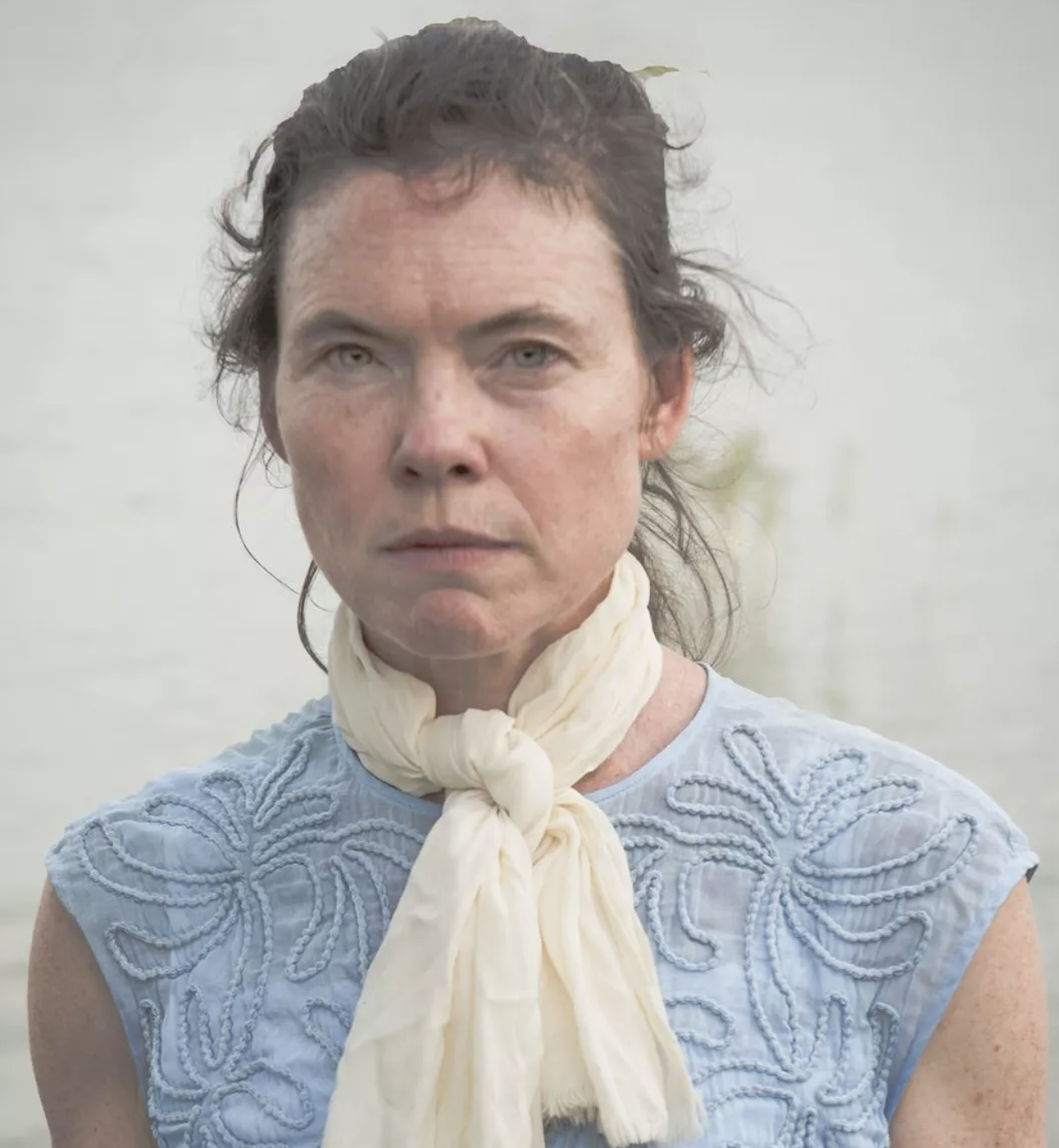BFA, University of North Carolina School of the Arts. École Jacques Lecoq, Paris. Theatre work includes designing sets, puppets, and costumes and directing, choreographing, and performing. Drawn to incorporating puppetry, movement, and live music into the theatre, shows are frequently made from the ground up. Work seen in many New York theatres, including HERE Theatre, La Mama E.S.T., P.S. 122, St. Mark’s Church, Dixon Place, and One Arm Red. Past collaborative work includes Electric Bathing, Wind Set-up, White Elephant, Alice’s Adventures in Wonderland, What’s Inside the Egg?, How I Fixed My Engine With Rose Water, and Etiquette Unraveled. As an artistic associate with the Hip Pocket Theatre in Fort Worth, Texas, Simons designed sets and puppets for a multitude of productions over the years, presented seven collaborative theatre pieces, performed in more than 30 world premieres, and launched its Cowtown Puppetry Festival. Puppet/mask designer for New York Shakespeare Festival, Signature Theatre Company, My Brightest Diamond, Division 13, Kristin Marting, Doug Elkins, Cori Orlinghouse, Daniel Rigazzi, and various universities; puppetry associate for War Horse on Broadway. Awarded a variety of grants and awards for theatre work. SLC, 2012–
Undergraduate Courses 2025-2026
Theatre
Explorations in Puppetry: Object, Material Performance, and Spectacle
Open, Component—Year
THEA 5726
In this course, students will experiment with puppetry as both a creator and a performer. Students will discover how puppets, materials, and objects move and breathe and how they can inform and enhance theatre creation. This course will blend puppetry, movement, and crafting into one. Students will work collaboratively, as well as independently, on various projects, culminating in a final site-specific spectacle.
Faculty
Puppet Theatre
Open, Component—Year
THEA 5651
This course will explore a variety of puppetry techniques, including Bunraku, marionette, shadow puppetry, and toy theatre. The course will begin with a detailed look at these forms through individual and group research projects. Students will then have the opportunity to develop their puppet manipulation skills, as well as to gain an understanding of how to prepare the puppeteer's body for performance. Students will further their exploration with hands-on learning in various techniques of construction. The course will culminate with the creation and presentation of puppetry pieces of students' own making.
Faculty
Graduate Courses 2024-2025
MFA Theatre
Puppet Theatre
Component—Year
5651
This course will explore a variety of puppetry techniques, including bunraku-style, marionette, shadow puppetry, and toy theatre. We will begin with a detailed look at these forms through individual and group research projects. Students will then have the opportunity to develop their puppet manipulation skills, as well as to gain an understanding of how to prepare the puppeteer’s body for performance. We will further our exploration with hands-on learning in various techniques of construction. The class will culminate with the creation and presentation of puppetry pieces of their own making.
Faculty
Puppet, Spectacle, and Parade Studio
Component—Year
5650
Prerequisite: Puppetry or permission of the instructor
Drawing from various puppetry techniques, alongside the practices of Jacques Lecoq, this studio explores and experiments with puppetry and performance. Throughout the course, we will work in collaborative groups to create puppetry performance, including building the puppets and devising works that utilize puppets and objects. We will explore large-scale, processional-style puppets; puppets as objects and materials; puppeteering the performance space; and the role/relationship of the puppeteer/performer to puppet.
Faculty
Previous Courses
Theatre
Puppet Theatre
Open, Component—Year
THEA 5651
This course will explore a variety of puppetry techniques, including bunraku-style, marionette, shadow puppetry, and toy theatre. We will begin with a detailed look at these forms through individual and group research projects. Students will then have the opportunity to develop their puppet manipulation skills, as well as to gain an understanding of how to prepare the puppeteer’s body for performance. We will further our exploration with hands-on learning in various techniques of construction. The class will culminate with the creation and presentation of puppetry pieces of their own making.
Faculty
MFA Theatre
Puppet, Spectacle, and Parade
Component—Year
Drawing from various puppetry techniques alongside the practices of Jacques Lecoq, we will explore and experiment with puppetry and performance. Throughout the course, we will work in collaborative groups to create puppetry performance, including building the puppets and devising works that utilize puppets and objects. We will explore large-scale, processional-style puppets; puppets as objects and materials; puppeteering the performance space; and the role/relationship of the puppeteer/performer to puppet.
Faculty
Puppet, Spectacle, and Parade MFA Studio
Graduate Component
Drawing from various puppetry techniques alongside the practices of Jacques Lecoq we this graduate studio explores and experiments with puppetry and performance. Throughout the course, we will work in collaborative groups to create puppetry performance including building the puppets and devising works that utilize puppets and objects. We will explore large-scale processional style puppets, puppet as objects and materials, puppeteering the performance space, and the role/relationship of the puppeteer/performer to puppet. This class meets once a week. Prerequisite: Puppetry or by permission of instructor.
Faculty
Scenic Design
Component—Year
This course introduces basic elements of scenic design, including developing a design concept, drafting, and practical techniques for creating theatrical space. Students will develop tools to communicate their visual ideas through research, sketches, and models. The class will discuss examples of design from theatre, dance, and puppetry. Student projects will include both conceptual designs and production work in the department.
Faculty
Scenic Design I
Component—Year
This course introduces basic elements of scenic design, including developing a design concept, drafting, and practical techniques for creating theatrical space. Students will develop tools to communicate their visual ideas through research, sketches, and models. The class will discuss examples of design from theatre, dance, and puppetry. Student projects will include both conceptual designs and production work in the department.
